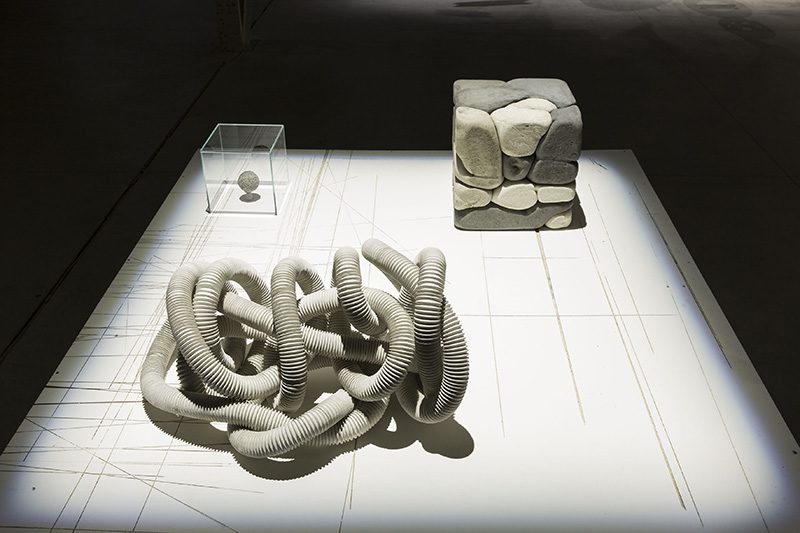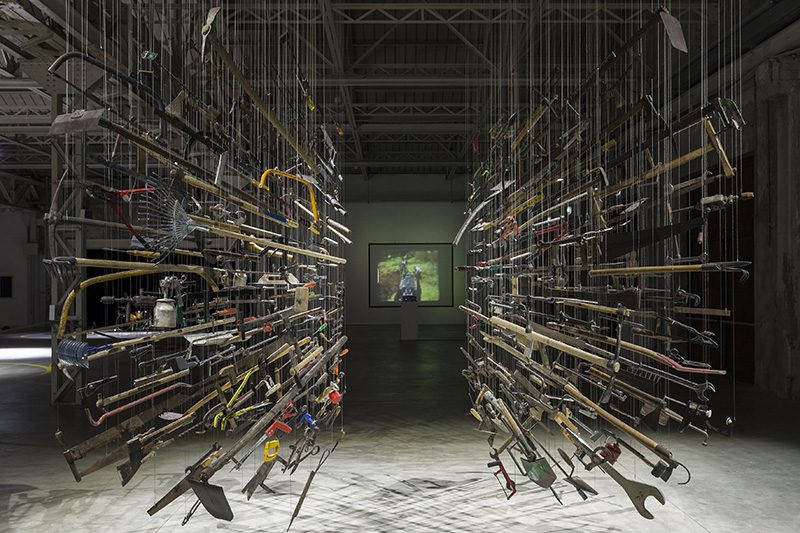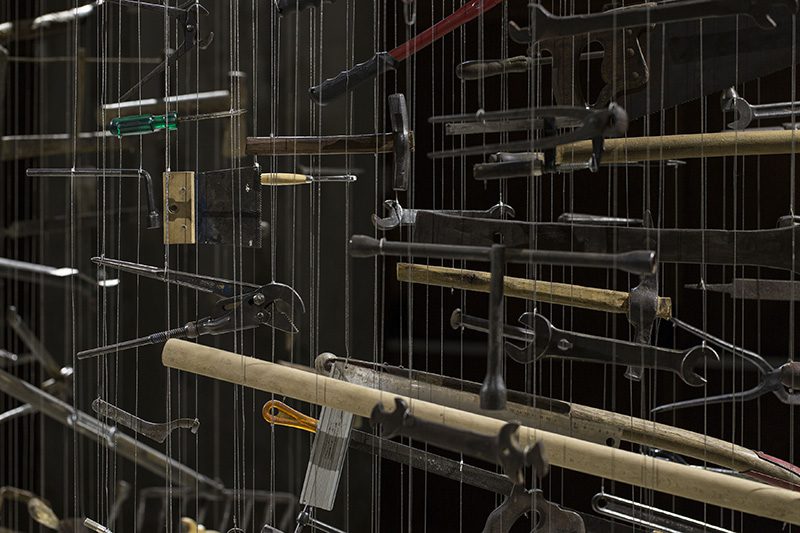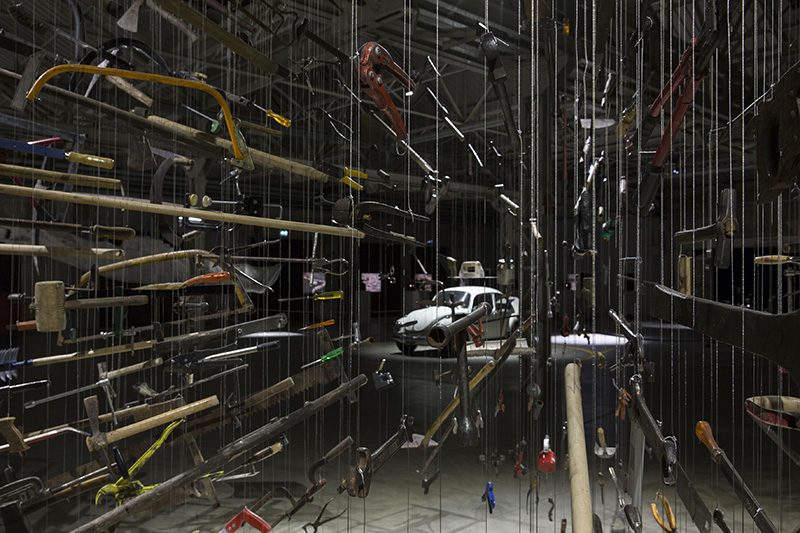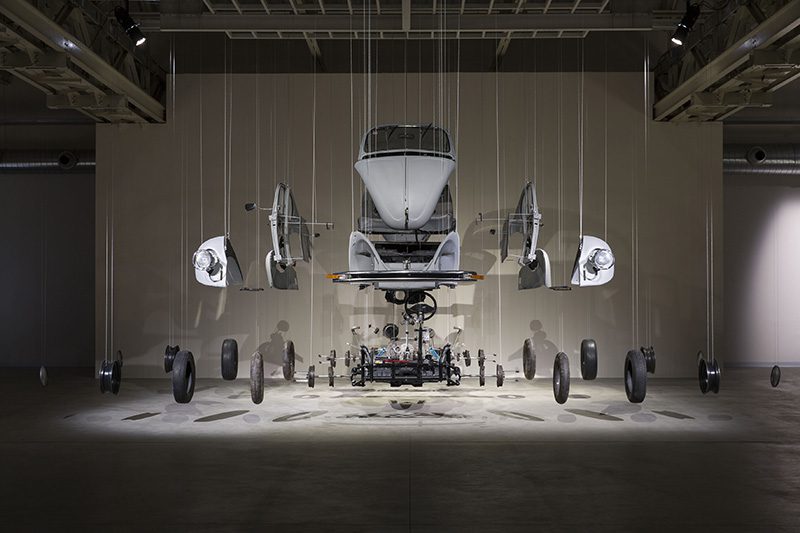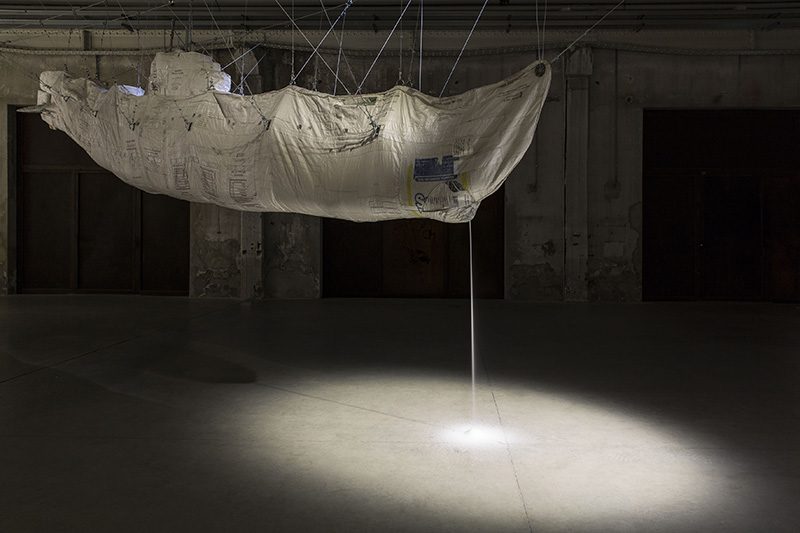ART-PRESENTATION: Damián Ortega-Casino
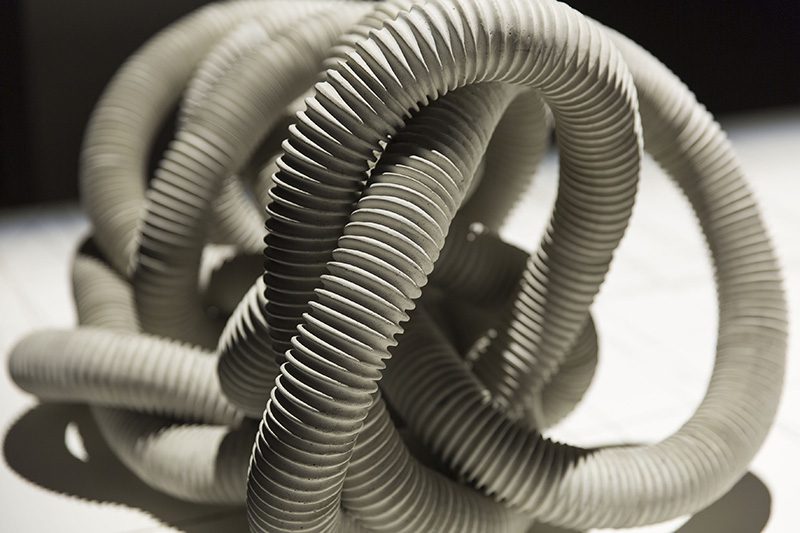 Damián Ortega is among the main protagonists of the renewal of Contemporary Mexican art, born during the last two decades of the 20th Century in response to social and political disillusionment that swept through the country and its artistic traditions, characterized by an emphasis on national identity. The artist’s work captures a universe of references from the twentieth-century history of art and popular culture into essential forms with an immediate visual impact.
Damián Ortega is among the main protagonists of the renewal of Contemporary Mexican art, born during the last two decades of the 20th Century in response to social and political disillusionment that swept through the country and its artistic traditions, characterized by an emphasis on national identity. The artist’s work captures a universe of references from the twentieth-century history of art and popular culture into essential forms with an immediate visual impact.
By Efi Michalarou
Photo: Malmö Konsthall Archive
Damián Ortega’s solo exhibition, “Casino” presents a broad perspective on the artist’s work through sculpture, installations and film from the early ‘90s to recent works. The exhibition includes 24 works, ranging from small to large scale, which creates an interesting dialogue with Malmö Konsthall architectural exhibition space. At the centre of the exhibition is his best-known work, “The Beetle Trilogy” a work that focuses on a Volkswagen Beetle, among the most iconic automobiles of the modern era. The trilogy includes the installation “Cosmic Thing” (2002), the performance “Moby Dick” (2004) and the film “Escarabajo” (2005). The choice of the Beetle car model is extremely significant because it is closely connected with the history of both Mexico and Ortega himself. In Mexico it was one of the first economical cars available on the market. The car’s mechanics made it easy to repair, even by non-professionals, inspiring a lucrative black market for replacement parts. The performance “Moby Dick” consists of a true physical battle between artist and machine, during which Ortega uses a series of ropes and pulleys to attempt to control the driving force of a white Beetle as it roars across a layer of grease. “Escarabajo” although it was developed after the other two works, it is not the trilogy’s conclusion. For the artist, these three works are part of a narrative that remains open, and does not necessary follow the chronological order in which the works were produced. The structure of language and its infinite creative possibilities are the subject of “Borromeo’s Knots 3” (2011), a work that is part of a series created using cement poured into flexible plastic tubes that act as moulds and are subsequently removed. On one hand, their shape reminds the viewer of a serpent, the extremities of which become lost in the whole, creating a hypothetical Möbius strip (in mathematics, a continuous one-sided surface). On the other, the title is a reference to the language theory of the same name, first theorized by French psychiatrist Jacques Lacan. The installation “Controller of the Universe” (2007), appears as an explosion of hundreds of seemingly old-fashioned work tools. The artist found these tools in a number of different flea markets, then used wires to suspend them in mid-air. The centre of this vortex is characterized by an empty space accessible to visitors through any one of four different entrance points that divide the structure into four equal segments. The title of the work was inspired by the mural “Man at the Crossroads” by Diego Rivera, realized on commission in 1933 for the Rockefeller Center in New York City. Due to the presence of a portrait of Lenin that Rivera had inserted provocatively within the mural, it was destroyed, and the following year was painted again by the same artist for the Palacio de Bellas Artes in Mexico City as “El hombre controlador del universe”.
Info: Curator: Vicente Todolí, Malmö Konsthall, St Johannesgatan 7, Malmo, Duration: 21/5-25/9/16, Days & Hours: Mon-Fri 11:00-15:00, Sat-Sun 11:00-17:00, www.konsthall.malmo.se
